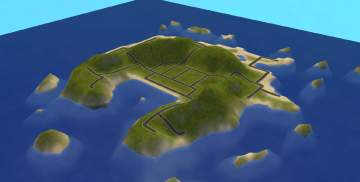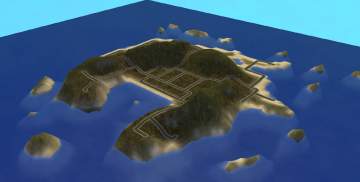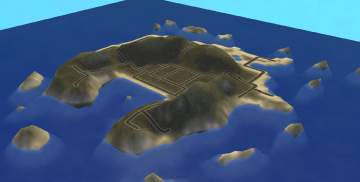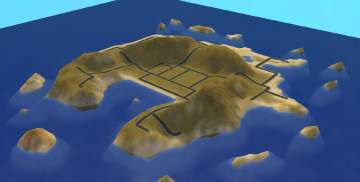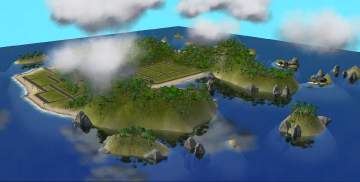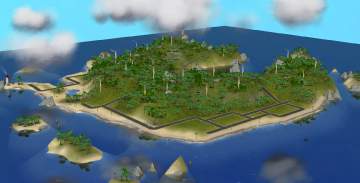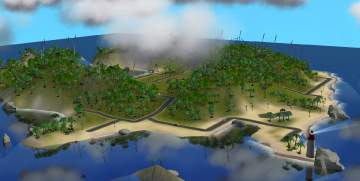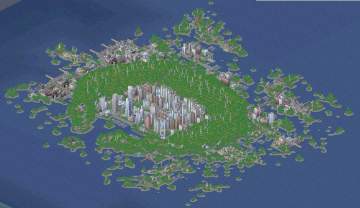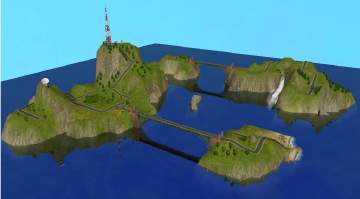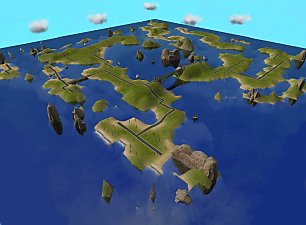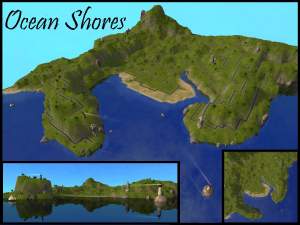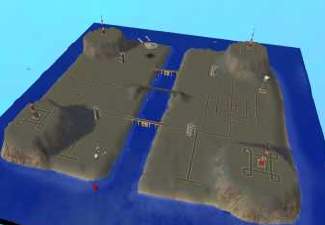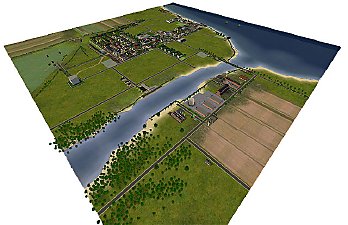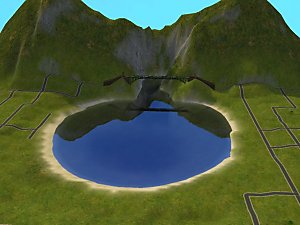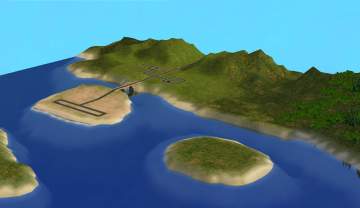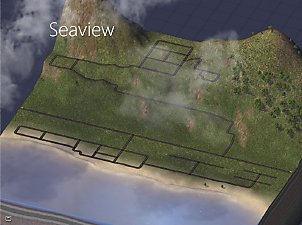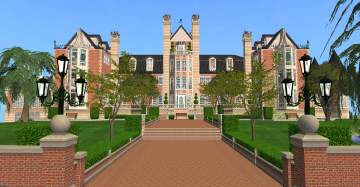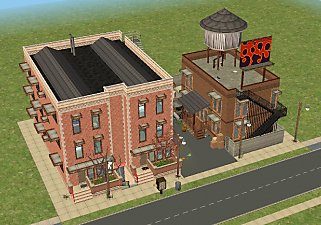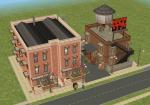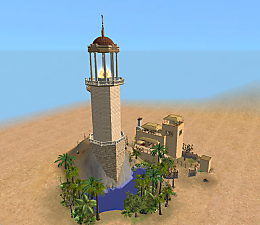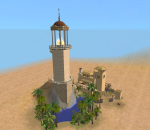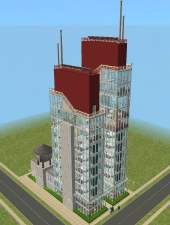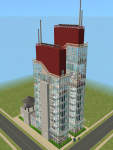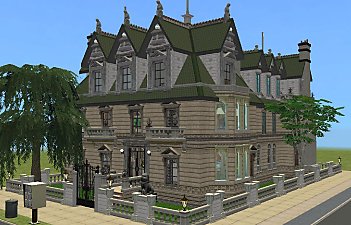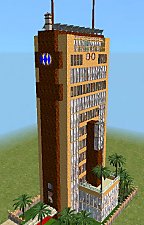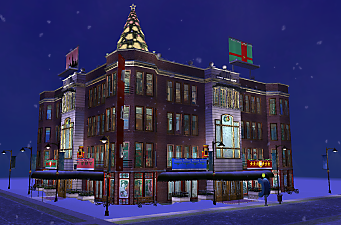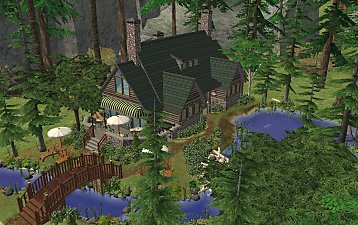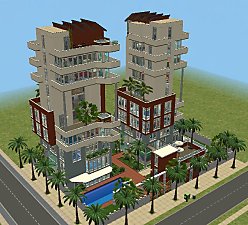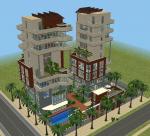 Mount Hyaltitoud Neighborhood Terrain
Mount Hyaltitoud Neighborhood Terrain

Mt. Hyaltitoud.png - width=1895 height=967

Mt. Hyaltitoud_lush.png - width=1904 height=965

Mt. Hyaltitoud_dirt.png - width=1908 height=966

Mt. Hyaltitoud_concrete.png - width=1909 height=967

Mt. Hyaltitoud_desert.png - width=1910 height=965

Hyaltitoud East.png - width=1908 height=966

Hyaltitoud South.png - width=1908 height=970

Hyaltitoud West.png - width=1909 height=962

Mt. Hyaltitoud Cityscape SC3K.jpg - width=1757 height=1015
An ecosystem slowly developed as seeds were carried to the new island on oceanic currents, as birds were blown off course in tropical storms, and as driftwood carried small creatures from the islands they had previously called home. Eventually a thriving tropical forest began growing in the rich volcanic soil of the island, surviving and re-growing after typhoons, tsunamis, and the continuing eruptions of the Hyaltitoud volcano. The island continued to grow as well, and the earliest SimNatives sailing their canoes through the turquoise-blue waters of the Bestachawan Ocean followed the clouds that built up on its slopes as moist ocean air was forced high into the atmosphere by the mountain.
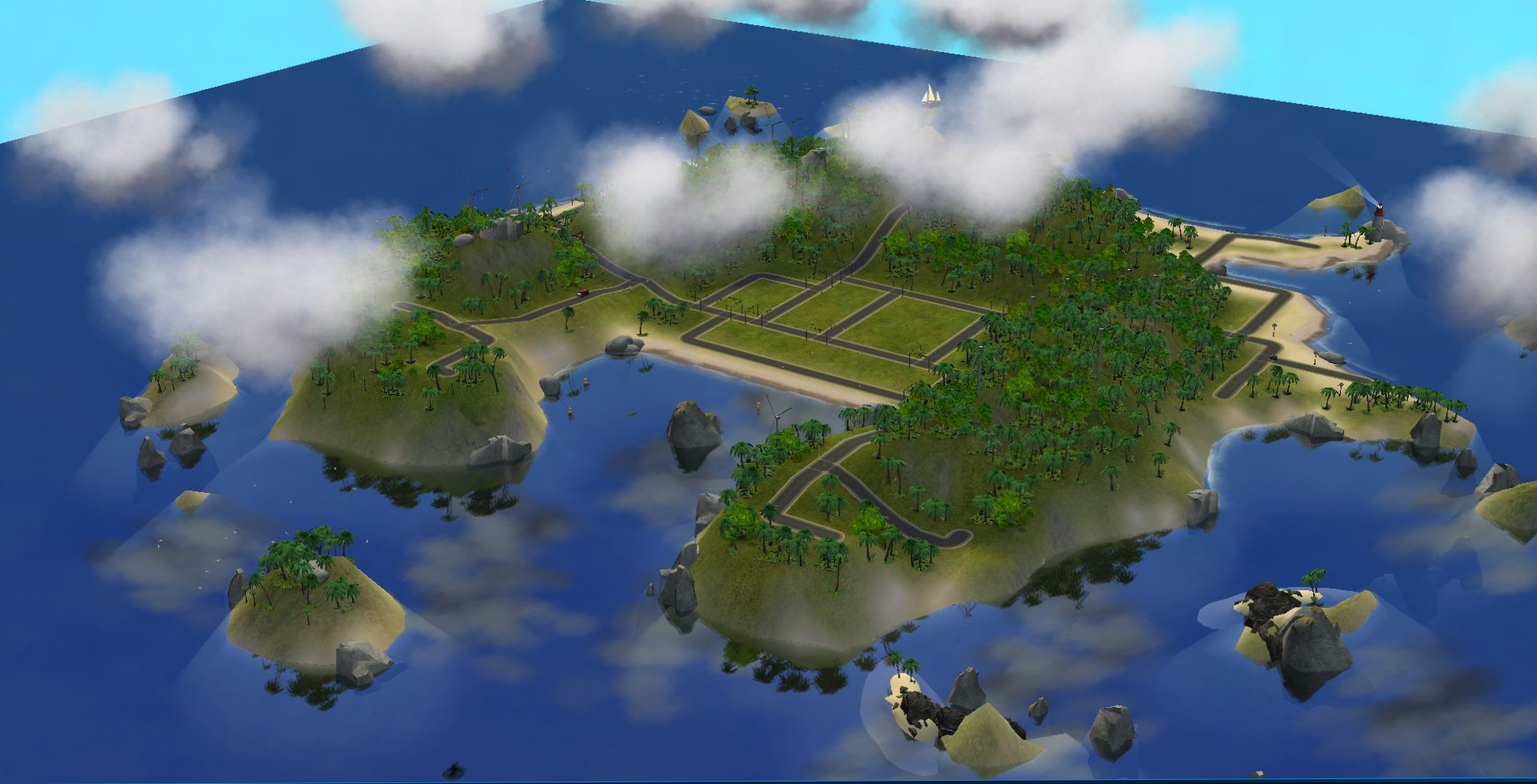
While SimNatives knew of the island for hundreds if not thousands of years, it never was a significant population center of their culture, as its remoteness and the frequency of its volcanic eruptions made its value questionable at best. Occasional fishing voyages would stop on the beaches ringing the island to dry their catches before heading home, but few ever stayed for long. The island was not discovered by the larger Sim world until the late 17th century when Admiral Landgraab sighted it on his famed circumnavigation of the globe (shortly before his undoing at the hands of disgruntled island natives)
Landgraab merely marked the location of the island on his charts however, not stopping for any longer than most SimNatives had. The island would not appear in the historic record again for another 70 years, with the great eruption of 1706. Prior to this eruption, the mountain was a fairly symmetrical volcanic cone, rising considerably higher than it does now, but in the spring of 1706 a cataclysmic eruption tore out the northeast flank of the volcano, sending a towering column of ash and smoke thousands of feet into the sky, high enough to be visible to representatives of the East Takemizu Trading Company hundreds of miles away.
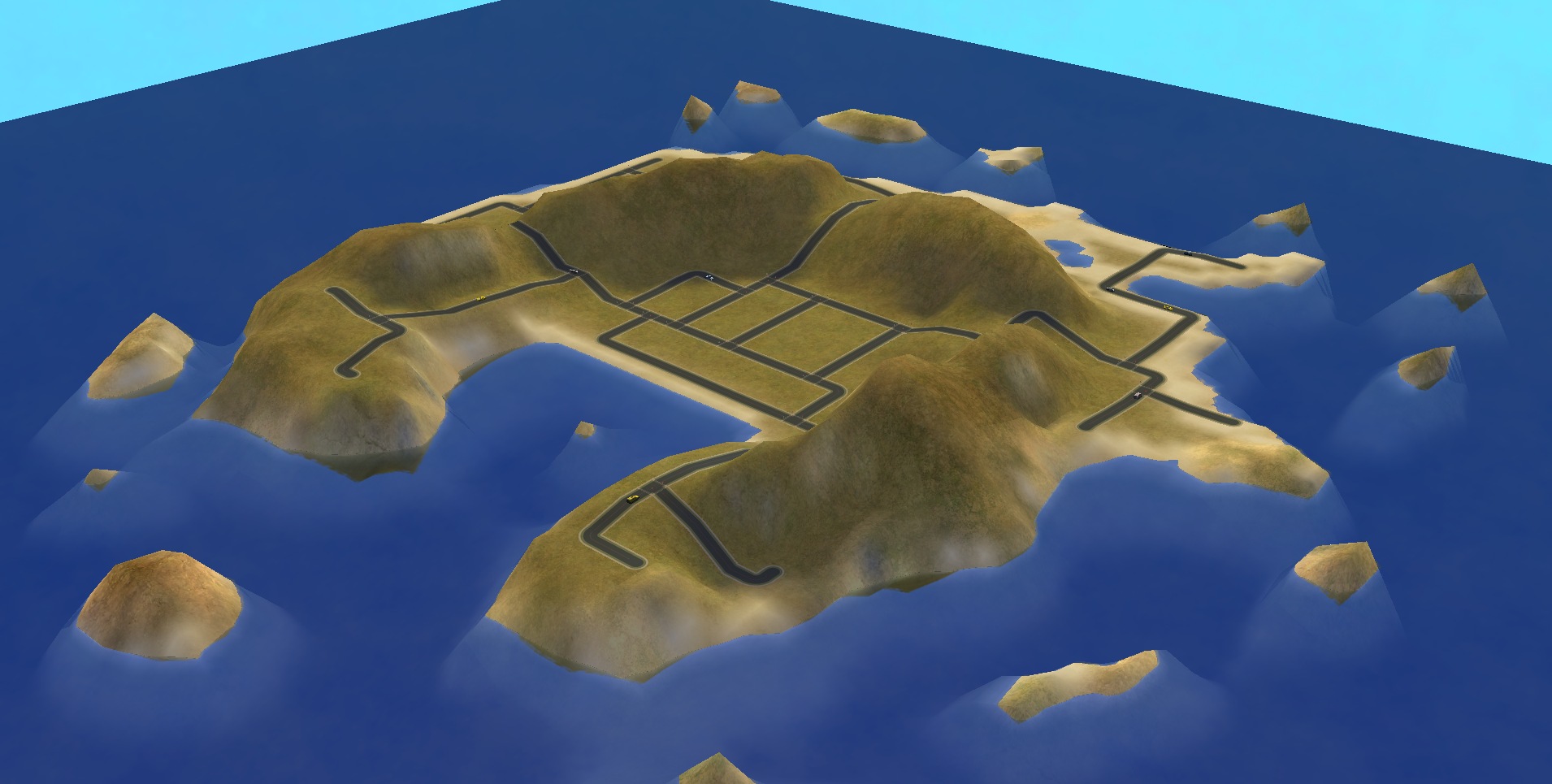
Sailors reported that the entire northeastern side of the island was destroyed, with several small islands having been formed out of the remains of the mountain, and a sheltered cove was formed in the crater where the peak had once been. Much of the island had burned as lava from the eruption poured down the slopes of Mount Hyaltitoud, but several secondary peaks and southwestern slopes had remained above the lava flows and still had surviving forests at their summits. In the years that followed sailors taking advantage of the new sheltered cove to ride out severe tropical storms were astonished to see how fast the rainforest reclaimed the slopes of the shattered caldera.
Ferns and palms quickly sprouted in cracks in the lava flows, their roots working into the rock and slowly prying it apart. Typhoons and tropical storms battered the jagged rocks of the shoreline, grinding it into a fine sand and re-depositing it as shimmering beaches around the island. By the middle of the 19th century the only sign of the catastrophic eruption of 1706 was the broad shape of the caldera itself, the high rainfall and rich volcanic soil of the island helping the native ecosystem to quickly reestablish itself across the island.
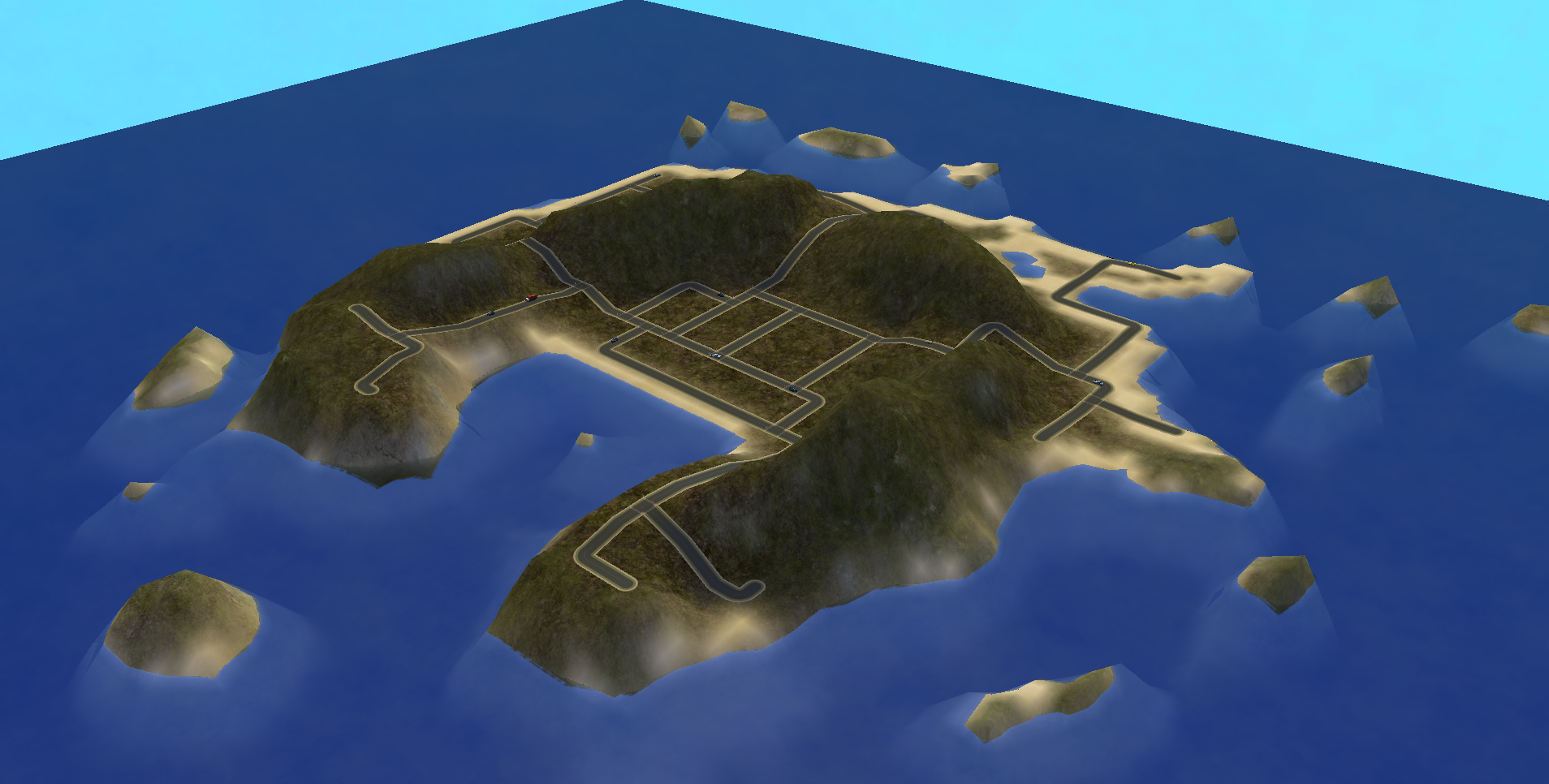
In 1867 Landgraab Trading Co., one of the remnants of the dissolved East Takemizu Trading Company, decided that Mount Hyaltitoud was ideally located for a global trading port, and began developing a small seaside town in the center of the inactive volcano. Square-rigged ships were commonly seen in the harbor alongside Takemizu junks and Twikkiian ocean-going outrigger canoes, and the port city quickly became one of the busiest ports of its size in the eastern Bestachawan Ocean. The port city would survive as a company town for several decades, but in the early 20th century it, like so many other colonial settlements, would begin fighting for its independence.
In 1932 the inhabitants of Mount Hyaltitoud were a widely varied mix of the descendants of European merchants, Twikkiian natives, and workers brought in from Takemizu and other nearby villages. The colonial governors were shocked to see such a strange mix of people banding together in common cause, but as protests increased with the global depression forcing the Landgraab Trading Co. to close down many of its operations, a majority of the islanders came together and demanded home rule for themselves.
Eventually the colonial government was forced to agree, and in 1947 a treaty was signed establishing Hyaltitoud as an independent state and a part of the Commonwealth rather than a colony. The island continued to play an important role in shipping through the Bestachawan Ocean due to its ideally-situation location, and the local economy quickly began to grow. Disaster struck in 2004 however, as one of the strongest typhoons on record smashed into the island, almost completely destroying the existing settlement and reshaping the beaches and reefs surrounding the island dramatically. While the rest of the world provided significant aid in the years following, the Hyaltitoud government decided that it would not be possible to rebuild exactly as it had been before, and new plans were drawn up for the development of the island.
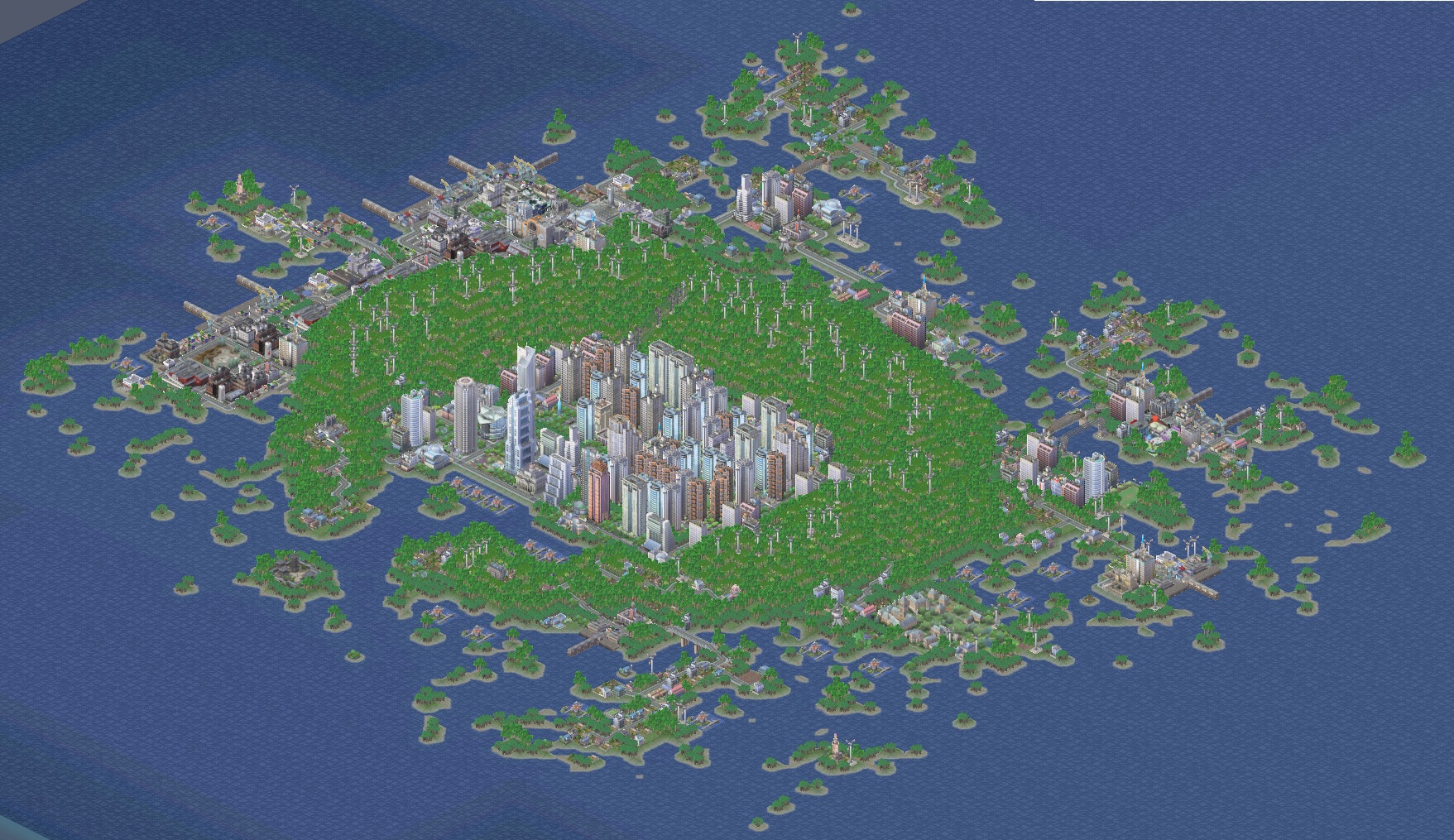
And what will those plans look like? Well, aside from the roads and the island itself, that's up to you! Will you rebuild a tropical port city in the spirit of the old Landgraab and East Takemizu Trading Company settlements? Will one of the island's cultures see its architectural influence dominate the landscape? Will you take the opportunity to develop the island under a unified and forward-looking plan? The future of Mount Hyaltitoud is in your hands!
I based this terrain off a scenario map from SimCity3000, where the premise was that sea-level rise had left just one city on Earth and you had to ensure that it survived in a very eco-friendly way. While climate change certainly makes sea level rise a threat, it's ridiculous to think it could leave only one city on Earth, but it was an interesting scenario to run a city-state with that kind of environmental focus. The attached picture that's not from TS2 is my city from that scenario, and you're welcome to use that as a model for your own development of this island if you so choose! Some of the TS2 photos are also decorated in a similar way, with dense jungle covering the slopes of the mountains and giant windmills generating the power needed for a city on the island at their peaks. As uploaded the map contains no decoration however, so you can add in whatever ecosystems and developments you see fit! (The concrete version of the map in particular makes me curious what a rocky, snowbound, far-northern or far-southern polar island based on this map could look like, if you want to go in a completely different direction!)
While this is certainly an ocean-focused map, trying to get beach lots to work on it with the controls of SC4 just wasn't happening, so if you're going to try to add those in your game, you'll need to be prepared to do some tweaking to the map in-game to make them place correctly. There's room for a few large regular lots in the central (downtown?) area within the caldera as well as on the southeast shore, and plenty of tiny lots can be placed elsewhere along the coastline or in the mountains.
While you'll need to rotate the camera to actually have all the roads show up in some cases, you DO NOT need a camera mod to access all the buildable areas of this map.
This is the first upload of mine that isn't a lot or set of lots, and since it's just an SC4 map, it's also the first time that I can actually say that it's base-game-compatible! However, if you want to decorate it the way I've done in the decorated screenshots, you'll at least need a few of the expansion packs. As with any of my creations, let me know if you encounter any problems, and I'll do my best to fix them!
Enjoy!
|
Mt. Hyaltitoud.zip
Download
Uploaded: 12th Dec 2019, 9.71 MB.
3,481 downloads.
|
||||||||
| For a detailed look at individual files, see the Information tab. | ||||||||
Install Instructions
1. Download: Click the download link to save the .rar or .zip file(s) to your computer.
2. Extract the zip, rar, or 7z file.
3. Place in SC4Terrains Folder: Cut and paste the .sc4 and .png file(s) into your SC4Terrains folder:
- Origin (Ultimate Collection): Users\(Current User Account)\Documents\EA Games\The Sims™ 2 Ultimate Collection\Downloads\
- Non-Origin, Windows Vista/7/8/10: Users\(Current User Account)\Documents\EA Games\The Sims 2\Downloads\
- Non-Origin, Windows XP: Documents and Settings\(Current User Account)\My Documents\EA Games\The Sims 2\Downloads\
- Mac: Users\(Current User Account)\Documents\EA Games\The Sims 2\Downloads
- Mac x64:
/Library/Containers/com.aspyr.sims2.appstore/Data/Library/Application Support/Aspyr/The Sims 2/Downloads
- For a full, complete guide to downloading complete with pictures and more information, see: Game Help: Downloading for Fracking Idiots.
- Custom content not showing up in the game? See: Game Help: Getting Custom Content to Show Up.
Loading comments, please wait...
Uploaded: 12th Dec 2019 at 2:28 AM
Updated: 12th Dec 2019 at 5:21 AM
-
Utopia Planetia - Neighborhood Terrain
by maskeysims 1st Jun 2006 at 2:25am
 +1 packs
2 9.1k 1
+1 packs
2 9.1k 1 Nightlife
Nightlife
-
by Criquette updated 17th Mar 2009 at 6:55am
 23
90k
98
23
90k
98
-
by JewelCG 28th Feb 2008 at 9:25pm
 3
14.3k
7
3
14.3k
7
-
by galassia 15th Mar 2009 at 11:11pm
 4
15k
14
4
15k
14
-
by Zarathustra 29th Jan 2014 at 6:41pm
This slender apartment tower rises high above the streets of any downtown area in gleaming white and red. more...
 +15 packs
7 10.4k 25
+15 packs
7 10.4k 25 University
University
 Glamour Life
Glamour Life
 Nightlife
Nightlife
 Celebration
Celebration
 Open for Business
Open for Business
 Pets
Pets
 H&M Fashion
H&M Fashion
 Teen Style
Teen Style
 Seasons
Seasons
 Kitchen & Bath
Kitchen & Bath
 Bon Voyage
Bon Voyage
 Free Time
Free Time
 Ikea Home
Ikea Home
 Apartment Life
Apartment Life
 Mansion and Garden
Mansion and Garden
-
by Zarathustra 31st May 2022 at 1:41am
I’ve enjoyed copying real-world country houses several times, and decided it could be an interesting project to try to create more...
 +17 packs
17 11.3k 47
+17 packs
17 11.3k 47 Happy Holiday
Happy Holiday
 Family Fun
Family Fun
 University
University
 Glamour Life
Glamour Life
 Nightlife
Nightlife
 Celebration
Celebration
 Open for Business
Open for Business
 Pets
Pets
 H&M Fashion
H&M Fashion
 Teen Style
Teen Style
 Seasons
Seasons
 Kitchen & Bath
Kitchen & Bath
 Bon Voyage
Bon Voyage
 Free Time
Free Time
 Ikea Home
Ikea Home
 Apartment Life
Apartment Life
 Mansion and Garden
Mansion and Garden
-
by Zarathustra updated 31st May 2016 at 7:33pm
Not every apartment block reflects the city's best character... some neighborhoods have clearly seen better days. more...
 +17 packs
22 32.2k 110
+17 packs
22 32.2k 110 Happy Holiday
Happy Holiday
 Family Fun
Family Fun
 University
University
 Glamour Life
Glamour Life
 Nightlife
Nightlife
 Celebration
Celebration
 Open for Business
Open for Business
 Pets
Pets
 H&M Fashion
H&M Fashion
 Teen Style
Teen Style
 Seasons
Seasons
 Kitchen & Bath
Kitchen & Bath
 Bon Voyage
Bon Voyage
 Free Time
Free Time
 Ikea Home
Ikea Home
 Apartment Life
Apartment Life
 Mansion and Garden
Mansion and Garden
-
Adev Caravanserai Beacon - NO CC
by Zarathustra 15th Jan 2023 at 9:27pm
 +17 packs
9 2.7k 8
+17 packs
9 2.7k 8 Happy Holiday
Happy Holiday
 Family Fun
Family Fun
 University
University
 Glamour Life
Glamour Life
 Nightlife
Nightlife
 Celebration
Celebration
 Open for Business
Open for Business
 Pets
Pets
 H&M Fashion
H&M Fashion
 Teen Style
Teen Style
 Seasons
Seasons
 Kitchen & Bath
Kitchen & Bath
 Bon Voyage
Bon Voyage
 Free Time
Free Time
 Ikea Home
Ikea Home
 Apartment Life
Apartment Life
 Mansion and Garden
Mansion and Garden
-
Skyline Premium Suites Hotel - NO CC
by Zarathustra 20th Jul 2020 at 11:17pm
Luxurious Downtown accommodations for the weary business traveler. more...
 +17 packs
12 8k 30
+17 packs
12 8k 30 Happy Holiday
Happy Holiday
 Family Fun
Family Fun
 University
University
 Glamour Life
Glamour Life
 Nightlife
Nightlife
 Celebration
Celebration
 Open for Business
Open for Business
 Pets
Pets
 H&M Fashion
H&M Fashion
 Teen Style
Teen Style
 Seasons
Seasons
 Kitchen & Bath
Kitchen & Bath
 Bon Voyage
Bon Voyage
 Free Time
Free Time
 Ikea Home
Ikea Home
 Apartment Life
Apartment Life
 Mansion and Garden
Mansion and Garden
-
Schinasi Mansion - June's House (+Neal's Apt) in White Collar - NO CC
by Zarathustra updated 3rd Jun 2016 at 6:25am
An NYC landmark, this lot incorporates both the real Schinasi Mansion, and Neal Caffrey's apartment from White Collar. more...
 +17 packs
15 30.4k 72
+17 packs
15 30.4k 72 Happy Holiday
Happy Holiday
 Family Fun
Family Fun
 University
University
 Glamour Life
Glamour Life
 Nightlife
Nightlife
 Celebration
Celebration
 Open for Business
Open for Business
 Pets
Pets
 H&M Fashion
H&M Fashion
 Teen Style
Teen Style
 Seasons
Seasons
 Kitchen & Bath
Kitchen & Bath
 Bon Voyage
Bon Voyage
 Free Time
Free Time
 Ikea Home
Ikea Home
 Apartment Life
Apartment Life
 Mansion and Garden
Mansion and Garden
-
by Zarathustra 27th Jan 2014 at 8:30pm
The wealthiest of Sims would never stoop so low as to live with common folk. For these elites, Atlantis Heights was constructed. more...
 +15 packs
10 10.9k 33
+15 packs
10 10.9k 33 University
University
 Glamour Life
Glamour Life
 Nightlife
Nightlife
 Celebration
Celebration
 Open for Business
Open for Business
 Pets
Pets
 H&M Fashion
H&M Fashion
 Teen Style
Teen Style
 Seasons
Seasons
 Kitchen & Bath
Kitchen & Bath
 Bon Voyage
Bon Voyage
 Free Time
Free Time
 Ikea Home
Ikea Home
 Apartment Life
Apartment Life
 Mansion and Garden
Mansion and Garden
-
Bradbury's Department Store (Christmas and Off-Season Versions) - NO CC
by Zarathustra 17th Dec 2022 at 10:23pm
 +17 packs
11 6.3k 30
+17 packs
11 6.3k 30 Happy Holiday
Happy Holiday
 Family Fun
Family Fun
 University
University
 Glamour Life
Glamour Life
 Nightlife
Nightlife
 Celebration
Celebration
 Open for Business
Open for Business
 Pets
Pets
 H&M Fashion
H&M Fashion
 Teen Style
Teen Style
 Seasons
Seasons
 Kitchen & Bath
Kitchen & Bath
 Bon Voyage
Bon Voyage
 Free Time
Free Time
 Ikea Home
Ikea Home
 Apartment Life
Apartment Life
 Mansion and Garden
Mansion and Garden
-
Hidden Creek Refectory - NO CC
by Zarathustra 16th Jul 2016 at 5:41am
Vacation Contest Round 2 - Historic lodge and snack bar next to a beaver pond. more...
 +17 packs
10 20.3k 51
+17 packs
10 20.3k 51 Happy Holiday
Happy Holiday
 Family Fun
Family Fun
 University
University
 Glamour Life
Glamour Life
 Nightlife
Nightlife
 Celebration
Celebration
 Open for Business
Open for Business
 Pets
Pets
 H&M Fashion
H&M Fashion
 Teen Style
Teen Style
 Seasons
Seasons
 Kitchen & Bath
Kitchen & Bath
 Bon Voyage
Bon Voyage
 Free Time
Free Time
 Ikea Home
Ikea Home
 Apartment Life
Apartment Life
 Mansion and Garden
Mansion and Garden
-
Palm Towers Apartments -CityVille Series
by Zarathustra 27th Jan 2014 at 8:44pm
These double towers will add a fantastic tropical vibe to Downtown or a beachside retirement community. more...
 +15 packs
7 19.5k 57
+15 packs
7 19.5k 57 University
University
 Glamour Life
Glamour Life
 Nightlife
Nightlife
 Celebration
Celebration
 Open for Business
Open for Business
 Pets
Pets
 H&M Fashion
H&M Fashion
 Teen Style
Teen Style
 Seasons
Seasons
 Kitchen & Bath
Kitchen & Bath
 Bon Voyage
Bon Voyage
 Free Time
Free Time
 Ikea Home
Ikea Home
 Apartment Life
Apartment Life
 Mansion and Garden
Mansion and Garden
About Me
You might call me a CC-atheist. While I'll use every cheat code in the book, I won't use anything that Maxis didn't ship with the game in one fashion or another. Ergo, you can rest assured that all my lots are CC-free.
Some creators describe themselves as constantly juggling projects. I suppose I do that too, except I'm really really bad at juggling, so I just throw lots of projects as high as I can, and sometimes forget all about them until they come crashing down on my head!
I won't *exactly* do requests, but since I pivot from lot to lot constantly, if there's a place you hope to see from me, there's a good chance that I've already started it! I make no promises, but feel free to ask about lots you want to see- you might inspire me to finish something!
My lots are my own work- I put a lot of effort into them, so have fun with them, use them for storytelling or making Sim movies, but please don't reupload them, in whole or in part, anywhere, including here on MTS!
One day I will rule the world with an iron fist and all will kneel before me.

 Sign in to Mod The Sims
Sign in to Mod The Sims Mount Hyaltitoud Neighborhood Terrain
Mount Hyaltitoud Neighborhood Terrain
